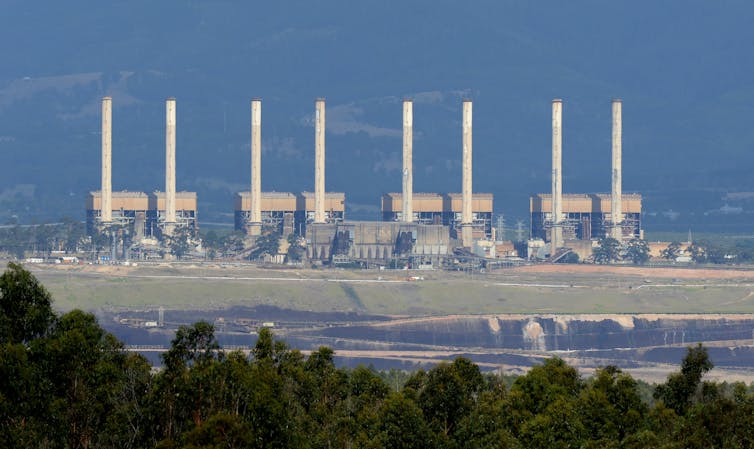The Conversation: Monday 17th January 2022
As the world shifts to renewable energy, helping the communities that have depended on fossil fuels for jobs is becoming ever more pressing.
The 2015 Paris Agreement notes the imperative of a “just transition” for affected workforces, with “the creation of decent work and quality jobs” to replace those lost.
Trade unionists have been arguing this point for at least several decades. The first use of the phrase “just transition” attributed to the Communications, Energy and Paperworkers Union of Canada, which called for a “Just Transition Program” for workers in the logging industry in 1996.
Yet for all the talk since, action remains scarce.
Three clear priorities for policy makers, however, have emerged from Australia’s Hunter Valley region, where coal mines employ about 14,000 workers directly and thousands more indirectly. These are:
- the need for a local coordinating authority
- funding for a “flagship” job-creation project, and
- more resources for technical and vocational education.
These priorities were identified through consultations undertaken in late 2021 by two community organisations, Hunter Renewal and Hunter Jobs Alliance. They did so in response to the NSW government announcing A$25 million a year to a Royalties for Rejuvenation Fund.
The fund is meant to “ensure coal mining communities have the support they need to develop other industries in the long-term”.
But how to spend the money wisely?
The consultations involved 314 people from across the region ranking 22 ideas from from previous work on this issue. About one-third of participants were involved in workshop discussions. The balance contributed through a survey.
Key to the top three priorities is the need for self-determination, allowing local communities to decide on which solutions are best and how to implement them, not a “cookie-cutter” approach imposed from the top.
As one workshop participant put it:
The most important thing is involving the local community in designing the transition. Unless you take the locals with you on the journey, so that they own the changes, it will not be successful.
1. Have a local coordinating authority
Local coordination is important to ensure solutions reflect a community’s needs, skills and opportunities.
In Victoria, the state government set up the Latrobe Valley Authority in 2016, following the unexpected announcement of the closure of the Hazelwood power station in 2017.

Beginning with $270 million in funding, the authority is headquartered in Morwell, in the heart of the Latrobe Valley’s coal-mining industry.
This means those who work for the authority know the region and are in touch with the stakeholders from industry, government, education and community organisations who inform its “Smart Specialisation” approach to identify local strengths and competitive advantages.
A local authority can also coordinate with other authorities to ensure fossil fuel communities aren’t competing against each other by pursuing to create jobs in the same new industries.
2. Fund flagship job-creation projects
Flagship projects give tangible direction to the transition and create hope for the future.
An example comes from the coal-mining community of Collie in Western Australia. It involves industry, government and university researchers working together on a project to make “Colliecrete”, a more sustainable form of concrete made from fly-ash, a waste product from the burning of coal by the local coal-fired power stations.
Emulating this plan using waste fly-ash from Hunter Valley power stations could potentially create 3,000 permanent full-time jobs in NSW, according to a report commissioned by Hunter Community Environment Centre.
3. Expand vocational training
Retraining is crucial to new industries to flourish, and for workers to find new jobs.
A 2020 report from the Clean Energy Council found shortages of skilled and experienced staff are hampering development in renewable energy industries. The report recommended the entire vocational educational system needs reviewing, because “existing training systems are not meeting industry needs”.
Indeed in the Hunter region, TAFE closures are occurring at a time when they should be expanding.
As a workshop participant put it (with great understatment): It is problematic when funding keeps getting cut.
Think local, act local
Local communities understand the transition away from economic reliance on fossil-fuel industries can’t happen overnight. They are keen to get moving. These priorities identified by the coal-mining communities of NSW Hunter Valley hold lessons for the rest of Australia, and the world.
What’s important is that local communities take the leading role in defining their challenges, and then addressing them.
The people who know a community best, and what is possible, are those who live in them. You just have to ask them.